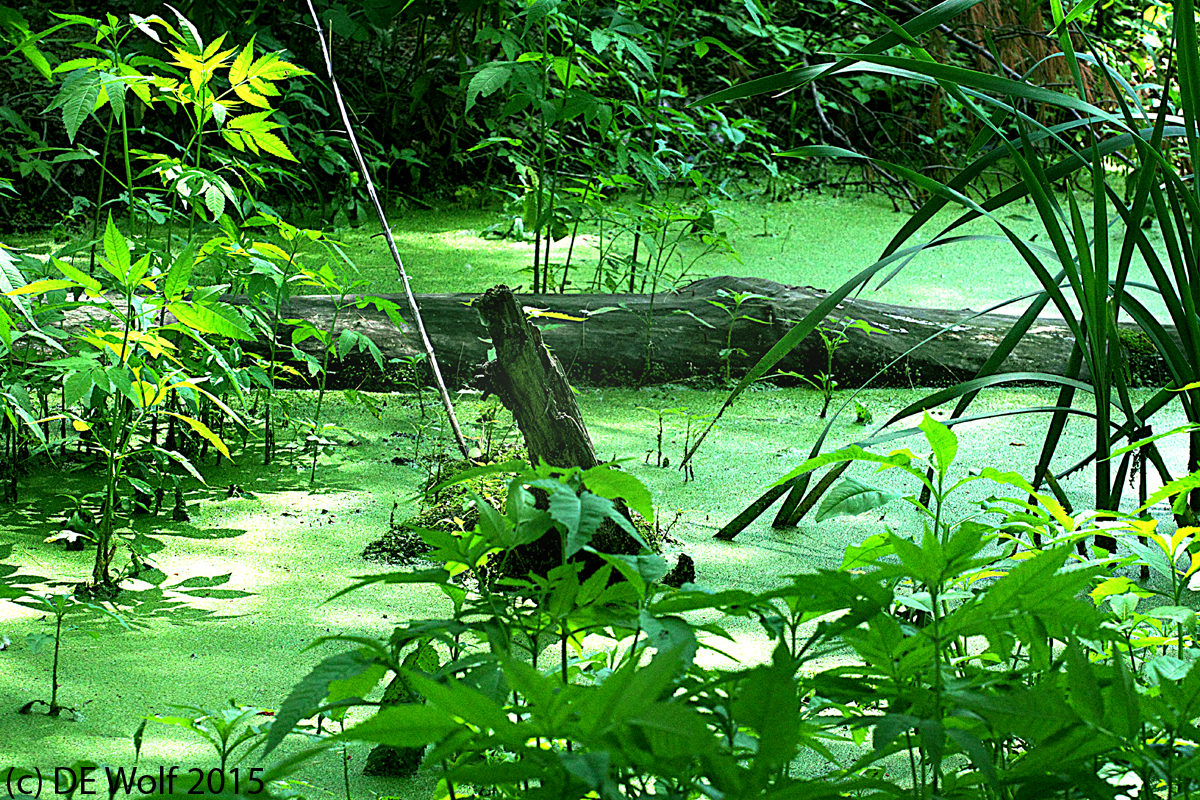
Figure 1 – The vernal pool by Black’s Nook, Fresh Pond Reservation, Cambridge, MA. (c) DE Wolf 2015.
Off of Black’s Nook there is a vernal pool. Vernal pools are little wet spots that teem with life but whose depth and degree of inundation change over the course of the seasons. Most vernal pools will dry up completely periodically. This one I have yet to see completely dry, but am convinced that the right summer drought would do it. What makes vernal pools unique is the variability of nutrients, salts, and acidity as the pool has more or less water. The term “vernal” comes from the assumption that it is at its highest water level in spring and summer..
That is a very technical definition. In another sense these are mysterious secretive places that require a bit of focus and concentration to see all of the life they contain. In the case of Black Nook’s pool that is hard because it is in a protected part of the forest and you can only view from a respectable distance.I have observed it through the seasons: frozen in winter, surrounded by melting snow in spring, and now intensely green with vegetation in the heart of summer – shades of Vivaldi for sure. It was the greenness that brought it to my attention on this particular day. It was a verdant celebration, a microenvironment of rich emerald color that was tricky in its own way to photograph. I am drawn to this kind of lush greenness, I think because it reminds me of a panorama in the American Museum of Natural History of my youth depecting the Jurassic era. I am sure that the depiction does not meet modern interpretation, but it is engrained. So “Welcome to Jurassic Park!”
Canon T2i with EF70-200mm f/4L USM lens at 98 mm, ISO 1600, Aperture Priority AE Mode, 1/500 sec at f/10 with -1 exposure compensation. My camera is usually set forr bird photograph f/7.1 and central spot metering. Here I went to f/10.0 and multispot metering to increase the depth of field. These carpets of algae and plant matter I find overwhelm the exposure and it is necessary to cut back a stop if you want green instead of saturated white.
